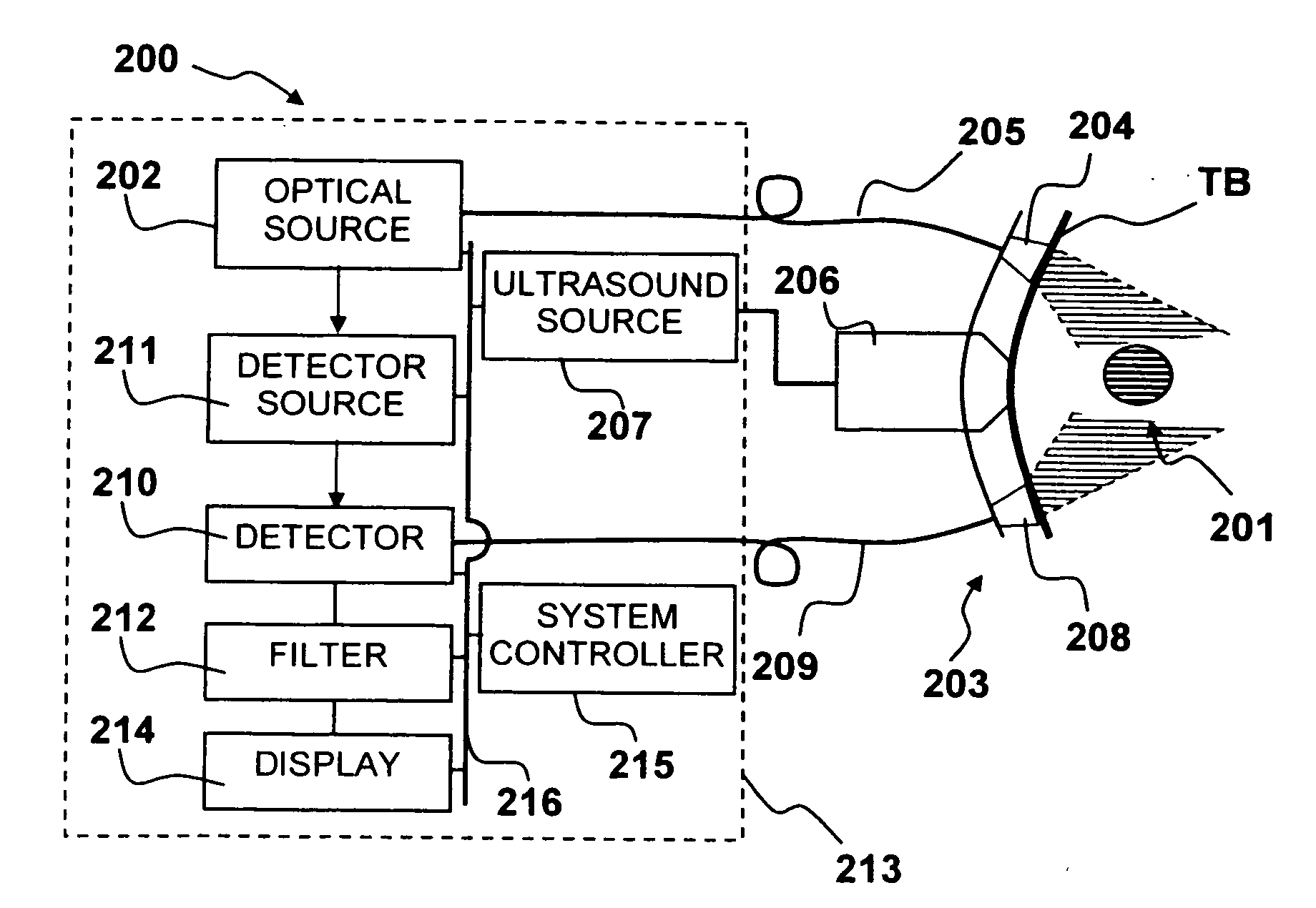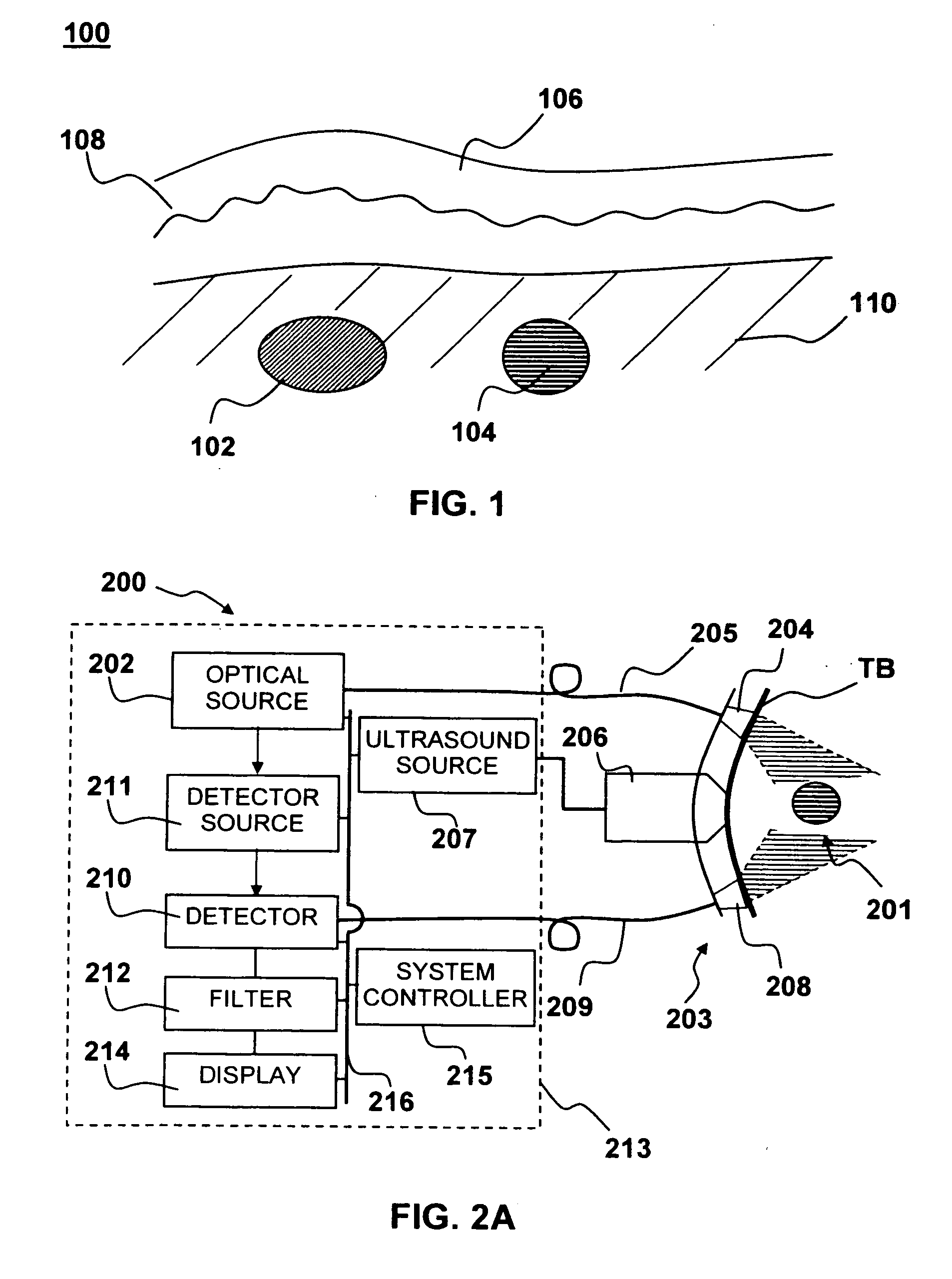Apparatus and method for non-invasive and minimally-invasive sensing of parameters relating to blood
a technology of parameters and apparatus, applied in the field of vital bodily function monitoring techniques, can solve the problems of inconvenient use, large care, and no longer relevant sources of errors, and achieve the effect of reducing the number of sources of errors and avoiding the use of unnecessary equipmen
- Summary
- Abstract
- Description
- Claims
- Application Information
AI Technical Summary
Benefits of technology
Problems solved by technology
Method used
Image
Examples
Embodiment Construction
[0066] Although the following detailed description contains many specific details for the purposes of illustration, anyone of ordinary skill in the art will appreciate that many variations and alterations to the following details are within the scope of the invention. Accordingly, the exemplary embodiments of the invention described below are set forth without any loss of generality to, and without imposing limitations upon, the claimed invention.
Glossary:
[0067] As used herein, the following terms have the following meanings:
Continuous wave (CW) laser: A laser that emits radiation continuously rather than in short bursts, as in a pulsed laser.
[0068] Diode Laser: Refers to a light-emitting diode designed to use stimulated emission to generate a coherent light output. Diode lasers are also known as laser diodes or semiconductor lasers. A diode-pumped laser refers to a laser having a gain medium that is pumped by a diode laser.
Mode locked laser: A laser that emits radiation in ...
PUM
 Login to View More
Login to View More Abstract
Description
Claims
Application Information
 Login to View More
Login to View More - R&D
- Intellectual Property
- Life Sciences
- Materials
- Tech Scout
- Unparalleled Data Quality
- Higher Quality Content
- 60% Fewer Hallucinations
Browse by: Latest US Patents, China's latest patents, Technical Efficacy Thesaurus, Application Domain, Technology Topic, Popular Technical Reports.
© 2025 PatSnap. All rights reserved.Legal|Privacy policy|Modern Slavery Act Transparency Statement|Sitemap|About US| Contact US: help@patsnap.com



